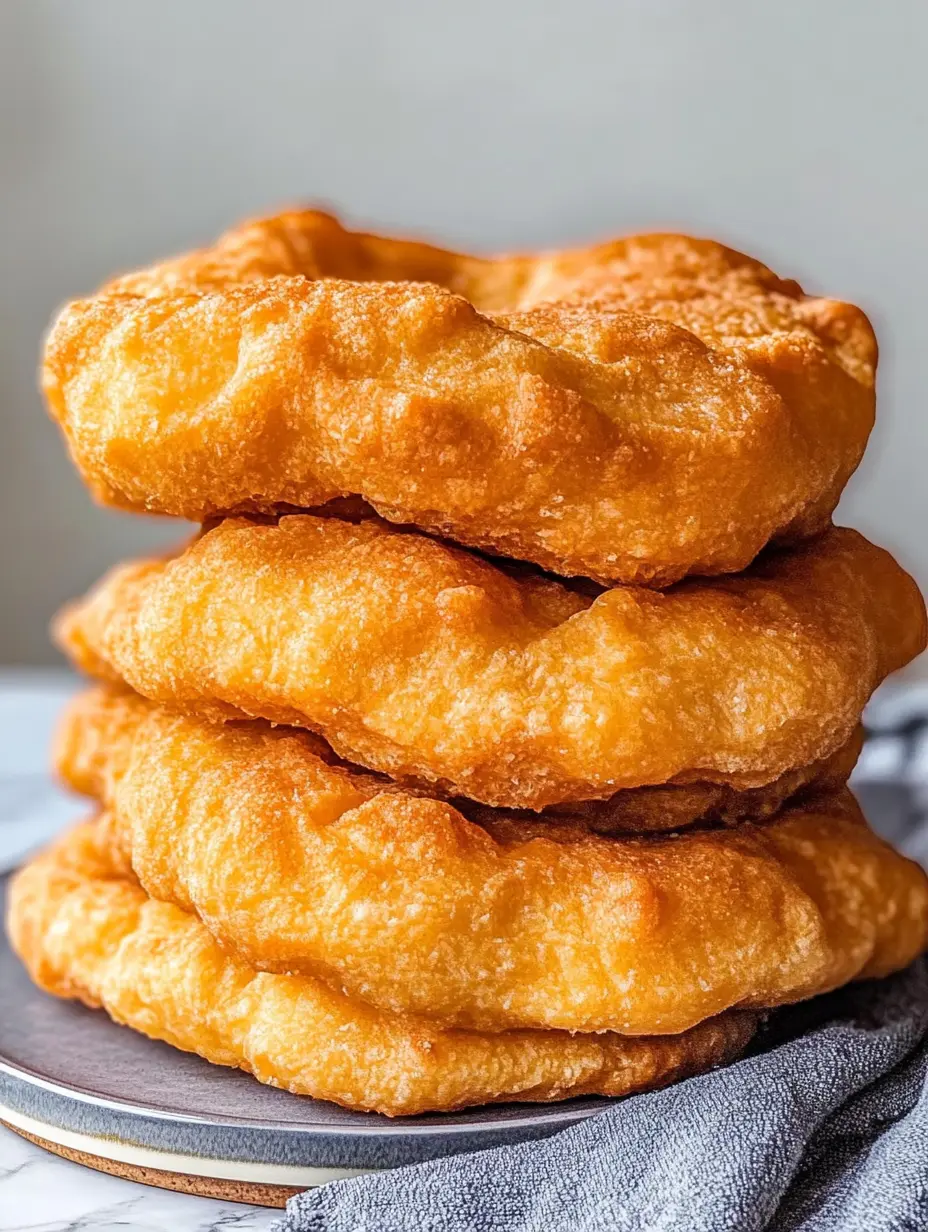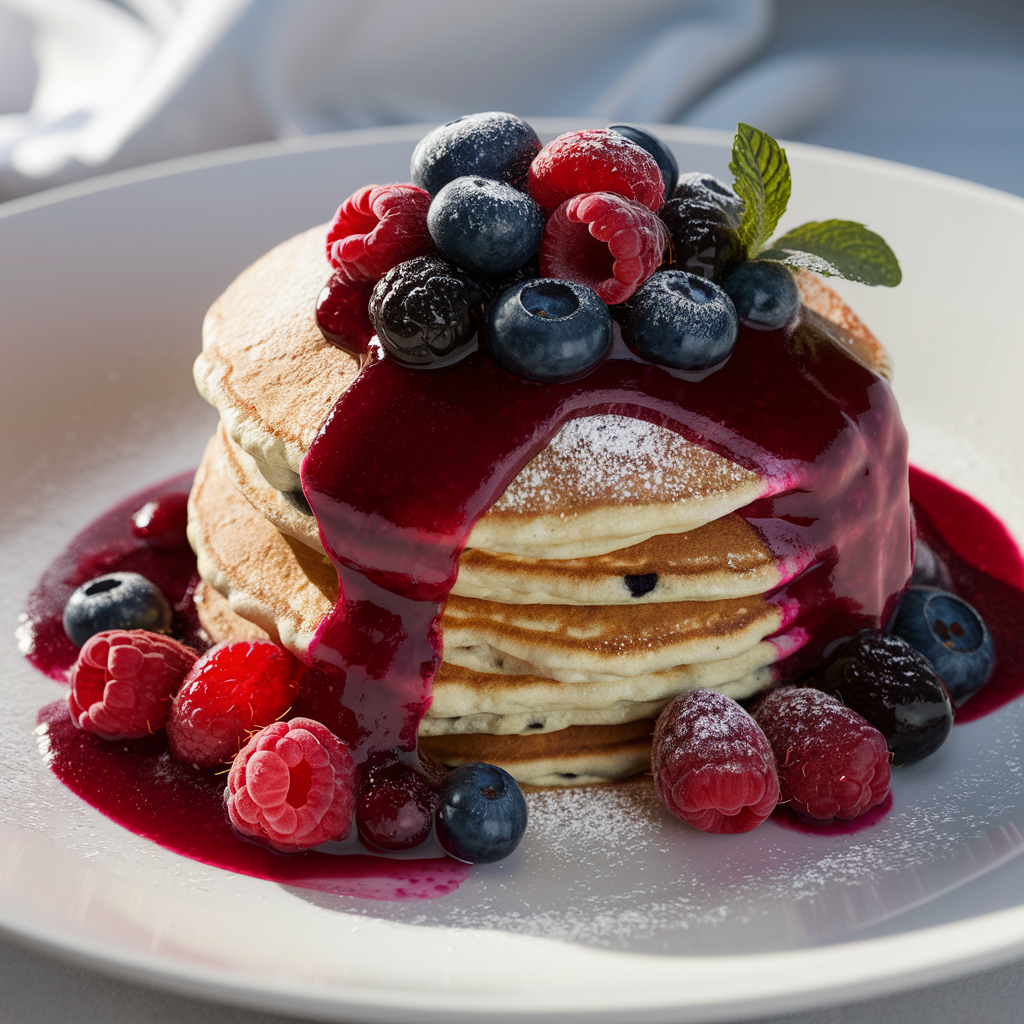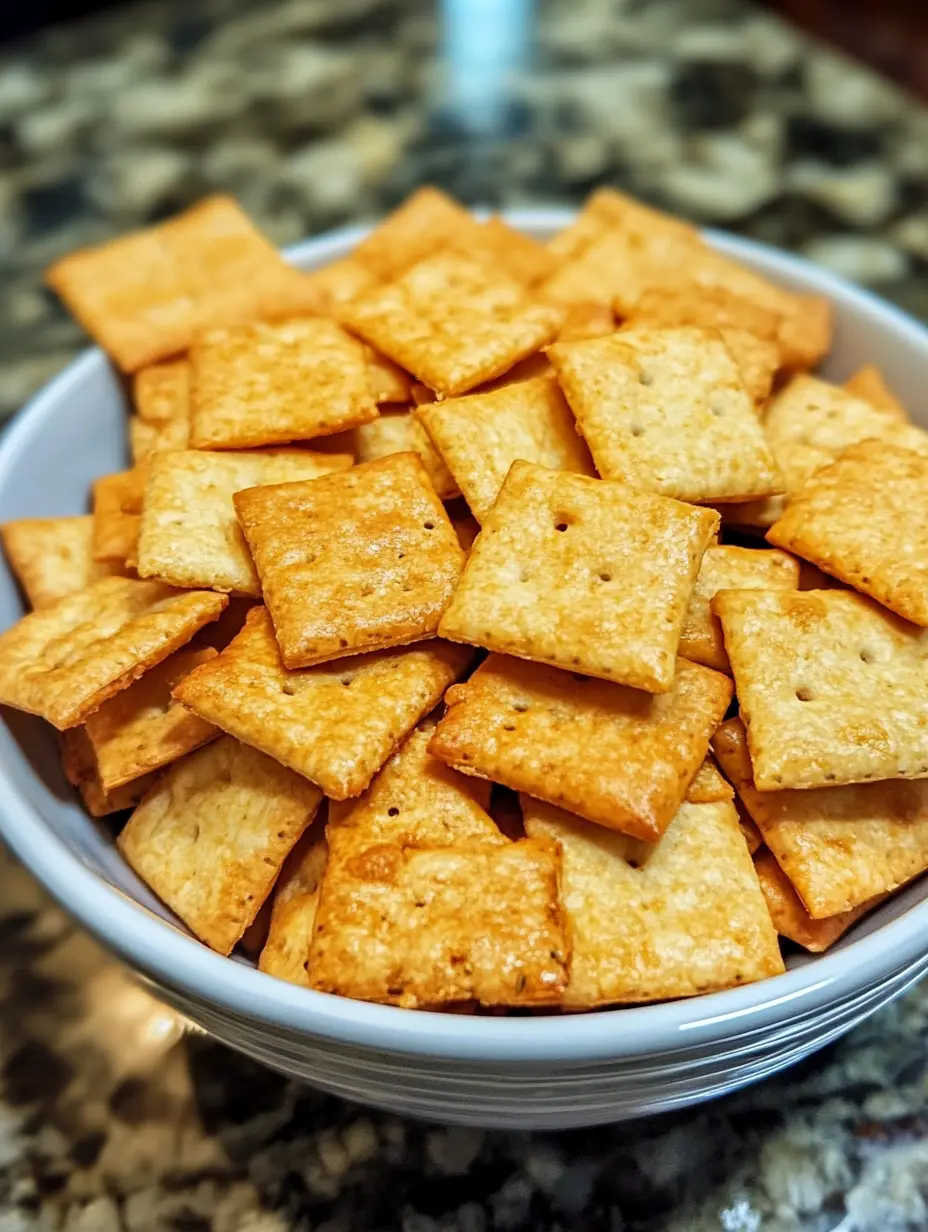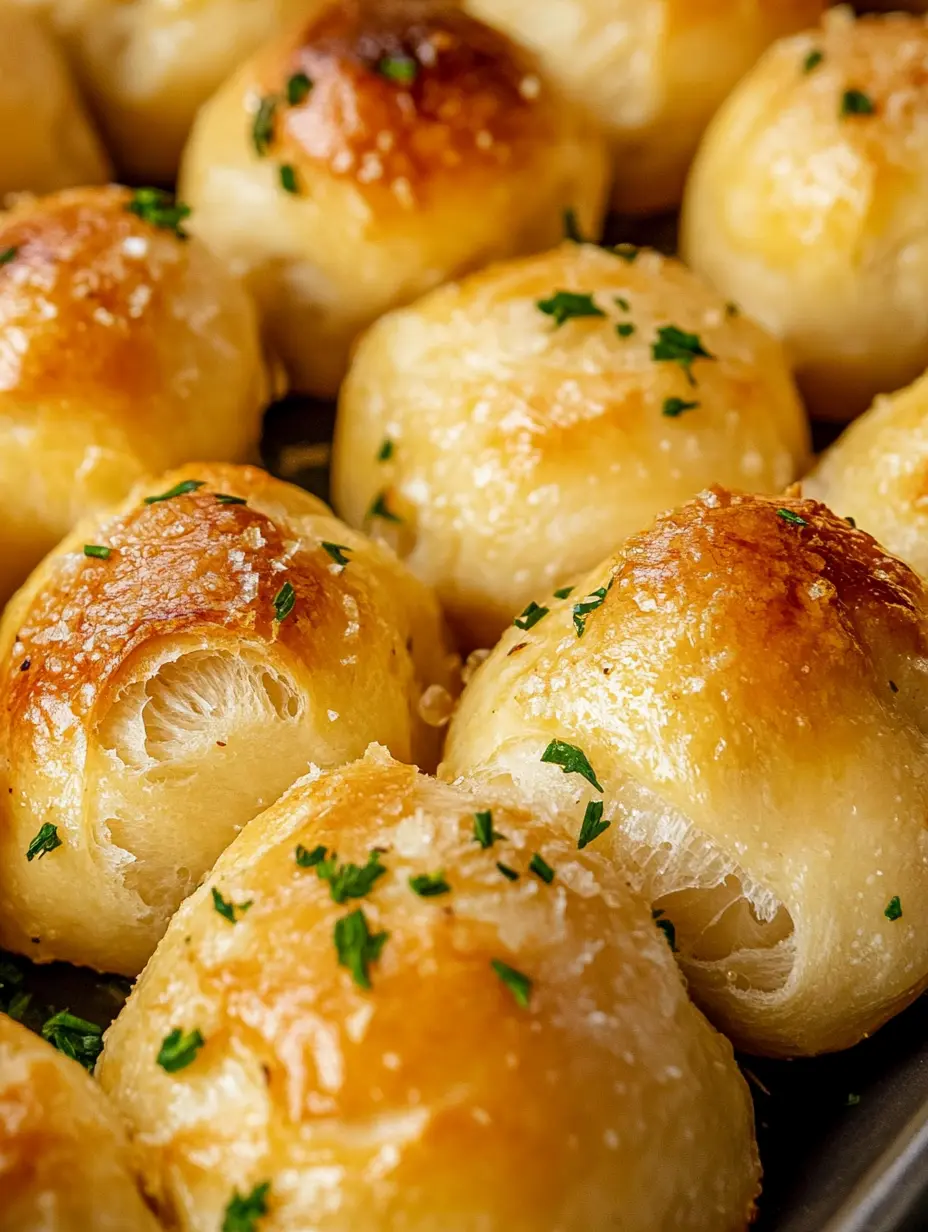Sourdough fry bread is where rustic charm meets indulgent comfort. This isn’t the heavy, oil-laden festival kind you might be used to mine brings a distinct tang from natural fermentation and a pillowy chew that’s all sourdough magic. In this post, we’ll explore exactly how to make sourdough fry bread that’s crisp at the edges, soft in the middle, and just the right kind of savory. We’ll also unpack questions people often ask: is sourdough anti-inflammatory? What makes fry bread controversial? And how do you get that perfect crispy texture? Let’s dive into tradition, technique, and flavor.
Table of Contents

Sourdough Fry Bread – Crispy, Chewy, and Perfectly Tangy!
- Total Time: 20 minutes
- Yield: 4–6 pieces 1x
- Diet: Vegetarian
Description
Crispy, chewy sourdough fry bread made with discard or active starter. A skillet-fried favorite that brings big flavor with minimal ingredients.
Ingredients
1 cup sourdough discard (or fed starter)
1 cup all-purpose flour
1/4 cup plain yogurt or milk
1/2 tsp baking powder
1/2 tsp salt
Neutral oil for frying (like avocado or canola)
Instructions
1. In a mixing bowl, combine sourdough discard, flour, yogurt, baking powder, and salt until a soft dough forms.
2. Let dough rest for 30 minutes, covered.
3. Divide into 4–6 portions and roll each into a 1/4-inch thick round.
4. Heat 1/2 inch oil in a heavy skillet over medium heat.
5. Fry one or two rounds at a time until bubbly and golden, about 2–3 minutes per side.
6. Remove to paper towel-lined plate. Sprinkle with salt and serve warm.
Notes
Dough can be made ahead and refrigerated for up to 24 hours. Freeze leftovers and reheat in oven or skillet. Customize with herbs, cheese, or cinnamon sugar.
- Prep Time: 10 minutes
- Cook Time: 10 minutes
- Category: Bread
- Method: Frying
- Cuisine: American
Nutrition
- Serving Size: 1 piece
- Calories: 180
- Sugar: 1g
- Sodium: 300mg
- Fat: 6g
- Saturated Fat: 1g
- Unsaturated Fat: 4.5g
- Trans Fat: 0g
- Carbohydrates: 26g
- Fiber: 1g
- Protein: 4g
- Cholesterol: 5mg
Keywords: sourdough fry bread, sourdough discard recipe, fried bread, skillet bread
Sourdough Fry Bread – A Story of Tang and Tradition
Grandma’s Cast Iron & A Rainy Afternoon
I’ll never forget the day I first made sourdough fry bread. It was raining in West Lafayette, and I’d been feeding my starter like it was a newborn. My kids were restless, the pantry was sparse, and dinner needed to be fast but special. I remembered a story my grandma once told about her mother making fry bread in an old cast iron skillet over a wood stove. The smell alone could stop you in your tracks.
That day, I poured my bubbly sourdough discard into a bowl, mixed it with a little flour and yogurt, and heated the skillet. The sizzle when the dough hit the hot oil felt like magic. That batch was chewy, tangy, and crisp at the edges. Sourdough fry bread became a new tradition in our home.
What Makes This Version Different?
Most fry breads use baking powder and quick-mix doughs. This one leans on natural fermentation for flavor and a lovely texture. The sourdough starter (or discard) acts as both a leavener and flavor agent, giving the bread its characteristic tang.
For instance, I’ve made similar tangy breads like sourdough garlic knots and sourdough discard naan but fry bread hits different. It puffs slightly in the skillet, forming bubbles and golden patches. Slathered with garlic butter or topped with chili, it’s cozy food at its best.
This version is also versatile. Whether you serve it savory with herbs or sweet with cinnamon sugar, it’s a recipe that lets your sourdough starter do the heavy lifting.

Mastering the Method – How to Fry Sourdough Bread Right
Get the Crispy-Outside, Chewy-Inside Texture Just Right
The real secret to crispy sourdough fry bread? It’s all about temperature control and hydration balance. You want a dough that’s soft but not sticky, and oil that’s shimmering not smoking.
Start with a well-fed sourdough starter or discard that’s at room temperature. Mix in all-purpose flour, a pinch of salt, a little baking powder if your discard is sluggish, and some yogurt or milk for moisture and richness. Let the dough rest for 30 minutes to develop elasticity this step improves the chew.
Then comes the fun part. Roll the dough into rounds (about ¼ inch thick) and heat a neutral oil like avocado or canola in a heavy skillet. Cast iron is ideal. Fry one or two rounds at a time, watching for bubbles to form. Flip once, and fry until golden brown.
If you’ve ever made my sourdough fried chicken batter or sourdough discard pretzels, you know how important that perfect crisp is it’s the kind that crunches when you tear into it but gives way to tender, flavorful layers.
A sprinkle of flaky salt right after frying locks in flavor. Serve warm.
The Controversy Around Fry Bread
Now, let’s talk history. Fry bread has deep roots in Native American culture but not always joyful ones. It’s often linked to the U.S. government’s forced displacement of Indigenous peoples, who were given rations of flour, sugar, and lard. Fry bread was born of necessity, not tradition. For some, it represents survival; for others, a painful reminder of colonialism.
So when making sourdough fry bread, it’s worth acknowledging that history with care and respect. My version pays homage while also evolving using sourdough, adding nutritious flours, and making it part of a home kitchen ritual rooted in appreciation, not appropriation.
Want another way to use your discard? Try these sourdough garlic parmesan knots as a pizza night side.
Is Sourdough Inflammatory? And How to Customize Your Fry Bread
Understanding Sourdough & Inflammation
You’ve probably heard conflicting info about bread and inflammation. So, is sourdough fry bread inflammatory?
Here’s the scoop: sourdough bread, including sourdough fry bread, is often easier to digest than conventional bread because the fermentation process breaks down gluten and phytic acid. This makes minerals more bioavailable and reduces blood sugar spikes. Some studies suggest it may be less inflammatory for people sensitive to wheat, though not suitable for those with celiac disease.
That said, the fry bread is still fried so moderation matters. But when paired with healthy fats and fermented ingredients, it’s a more nourishing option than you might think. If you’ve tried my sourdough discard spinach artichoke pull-apart bread, you’ll recognize the same richness paired with a gut-friendly twist.
Want to boost the health profile even more? Fry in avocado oil and top with probiotic-rich yogurt, herbs, or roasted veggies for a balanced plate.
Flavor Variations to Try
This is where it gets exciting. The base dough is a blank canvas so how you top it, season it, or shape it is entirely up to you.
Here are a few ideas to get you started:
- Southwestern Style: Add chopped green chiles and cheddar to the dough, then top with avocado, beans, and a fried egg.
- Sweet Brunch Treat: Mix a tablespoon of sugar and a dash of cinnamon into the dough. After frying, brush with butter and coat in cinnamon sugar (like my cinnamon sugar sourdough donut holes).
- Mediterranean Flatbread: Serve warm rounds with hummus, olives, and roasted red peppers.
The sourdough’s tang plays well with savory or sweet, so feel free to get creative. Just like with sourdough discard coffee cake, it’s the fermentation that deepens the flavor.
Storing, Reheating, and Serving Sourdough Fry Bread
Make-Ahead, Reheat, and Freeze Tips
One of the best parts about sourdough fry bread is how well it holds up. It’s just as satisfying reheated as fresh if you store it right.
Let the fry bread cool completely on a wire rack, then wrap it in parchment and store in an airtight container at room temperature for up to 2 days. For longer storage, freeze rounds with parchment between them in a zip-top freezer bag for up to 2 months.
To reheat: skip the microwave. Instead, warm it in a 350°F oven for 8–10 minutes or crisp it in a dry skillet for that just-fried texture. A quick spritz of water before reheating can revive softness without sacrificing crunch.
You can even freeze the uncooked dough in individual balls, then thaw overnight in the fridge and fry fresh the next day. I do this all the time, especially when I’m meal-prepping my sourdough breakfast casserole for weekend brunch.
Creative Ways to Serve It
Once you’ve nailed the classic fry bread, the real fun begins: transforming it into full meals or fun snacks. Here are a few ideas that work for every time of day:
- Savory Wraps: Use as a base for taco-style fillings or wrap around grilled meats and slaw.
- Mini Pizzas: Spread with pesto or tomato sauce, cheese, and roasted veggies then bake briefly to melt.
- Dessert Bread: Drizzle with honey or chocolate, top with whipped cream or fruit.
- Breakfast Sandwiches: Stuff with scrambled eggs, cheddar, and avocado.
I’ve even served it as a bread base under spicy stews or topped with grilled peaches and burrata. Like my sourdough jalapeño cornbread muffins, it bridges cozy and bold perfectly.
No matter how you serve it, sourdough fry bread delivers flavor, crunch, and comfort with every bite.
FAQS
Can you use sourdough for fried bread?
Yes! Sourdough discard or active starter works beautifully for fried bread. It adds natural leavening and tangy depth to the dough, producing a rich flavor and chewy texture.
Why is fry bread controversial?
Fry bread has cultural significance tied to Native American history and survival under colonization. While it’s a symbol of resilience for some, others see it as a painful reminder of forced displacement and government-issued rations.
Is sourdough bread still inflammatory?
Compared to conventional bread, sourdough is often easier to digest and may be less inflammatory due to its fermentation process. However, it still contains gluten, which can trigger responses in sensitive individuals.
How to get crispy sourdough bread?
Use a hot skillet, minimal moisture, and the right oil. Fry until bubbles form, then flip just once. Let cool on a wire rack to keep it from steaming and going soggy.
Conclusion
Sourdough fry bread isn’t just a twist on a classic it’s a celebration of fermentation, flavor, and flexibility. From the first sizzle in the skillet to the last crunchy bite, this bread invites creativity and comfort into your kitchen. Whether topped with something sweet, wrapped around savory fillings, or served simply with butter, it’s a recipe you’ll return to again and again. So next time your starter needs using, skip the loaf and reach for the skillet. You just might start a new tradition of your own.more recipes follow me: facebook – Pinterest.





